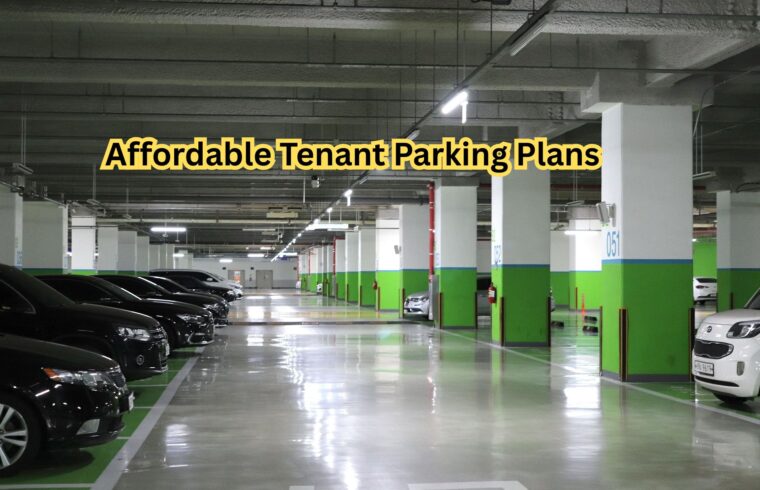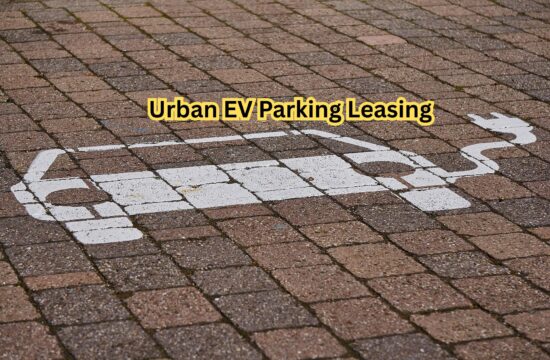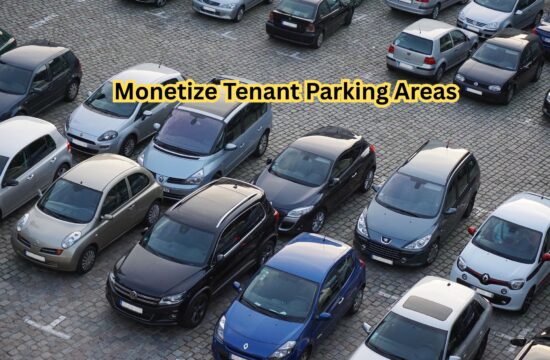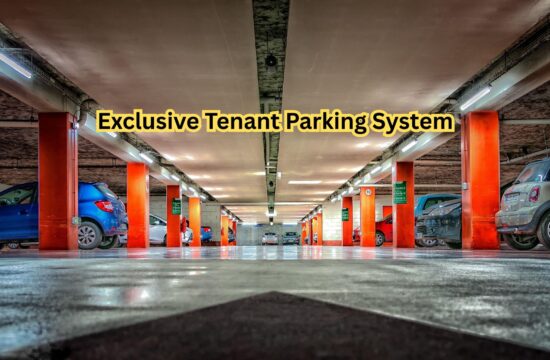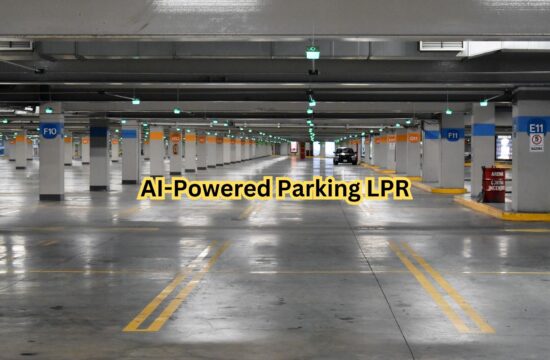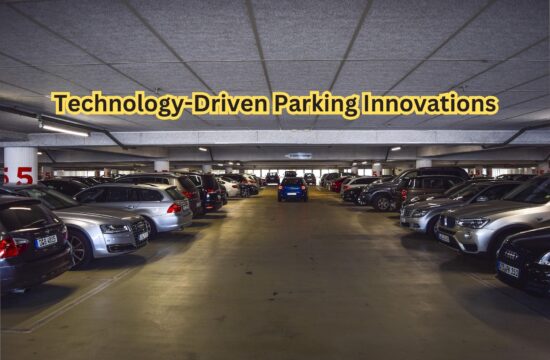Providing tenants with affordable and effective parking options has grown to be a top priority for developers and property owners in today’s rapid urban development. Affordable Tenant Parking Plans are now a key focus area, especially as cities become more crowded and housing costs continue to rise. These plans aim to ensure that low- and middle-income renters are not burdened with high parking fees. Implementing Affordable Tenant Parking Plans helps create more inclusive communities by addressing both housing and transportation needs. As a result, Affordable Tenant Parking Plans have become essential in modern residential developments. Offering practical and budget-friendly solutions for urban living.
Importance of Affordable Parking
Plans for reasonably priced tenant parking lessen the financial strain on locals while simultaneously increasing tenant retention and satisfaction. Long-term occupancy is supported and substantial value is added to a rental property when parking is properly managed and priced.
Evaluating Tenant Needs
Understanding the parking requirements of tenants is crucial before putting a parking plan into action. This entails taking into account utilization trends, the number of cars per unit, and preferences for open versus covered parking. Feedback forms and surveys can assist landlords in making well-informed choices.
Space Optimization Strategies
The secret to minimizing expenses is to make the most of the available space. Developers can accommodate more vehicles without requiring additional space by using strategies like tandem parking, stacked parking systems, and rotating parking schedules. Effective layout design also reduces construction and maintenance costs.
Technology-Driven Solutions
The parking experience is streamlined and administrative expenses are reduced with smart parking systems that use sensors, automatic gates, and smartphone apps. These systems eliminate the need for manual oversight by enabling tenants to quickly reserve, pay for, and manage parking spaces.
Tiered Pricing Models
Tenants can select the option that best suits their budget via a tiered price system based on location, demand, or features (e.g., covered vs. uncovered places). This adaptable strategy enables property managers to provide reasonably priced solutions without sacrificing profits.
Green and Shared Parking Initiatives
Property owners can reduce overall parking demand by offering incentives to renters who use bicycles or public transportation and by creating shared parking arrangements. This method can result in significant land and building cost reductions and is environmentally benign.
Conclusion
For property owners who wish to promote community living and improve the appearance of their property, inexpensive tenant parking plans are a wise investment. It is possible to provide accessible parking without putting a strain on finances or available space by combining technology, tenant-centric tactics, and astute planning.

